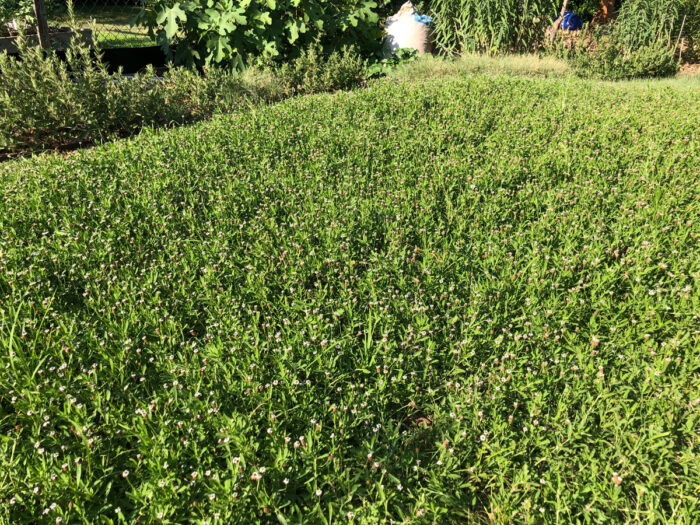
With growing interest in waterwise gardening and water conservation, homeowners are looking for alternatives to water-hogging lawns, which are not always necessary or practical. Turfgrass can often be replaced by native grass species, ground covers, or hardscape materials and still meet your individual needs. When selecting lawn replacements, it is important to consider the various roles lawns play in the landscape and plan accordingly. Lawns provide valuable environmental services such as soil stabilization and erosion control, and they have a cooling effect on the local environment. From a design standpoint, lawns play an aesthetic role, creating openings or voids that help shape the landscape. Finally, lawns provide an area for kids, pets, and adults to play.
To identify the best lawn replacement, start by determining which function(s) you wish your lawn to provide. Then consider whether a more traditional lawn-like plant or other type of ground covering would be the best choice to meet those needs. The plants below include both turf-style alternatives as well as other ground cover options. Although the recommended plants are drought tolerant, they do require regular irrigation during the establishment period to develop a strong root system.
Native Grass Species That Are Great for Lawn Replacement
Most turf grasses are exotic species. In the Southwest, this includes Bermuda grass, zoysia grass, and other heat-tolerant varieties. But the short grass prairies that once covered vast stretches of the Southwest offer several low-maintenance native alternatives.
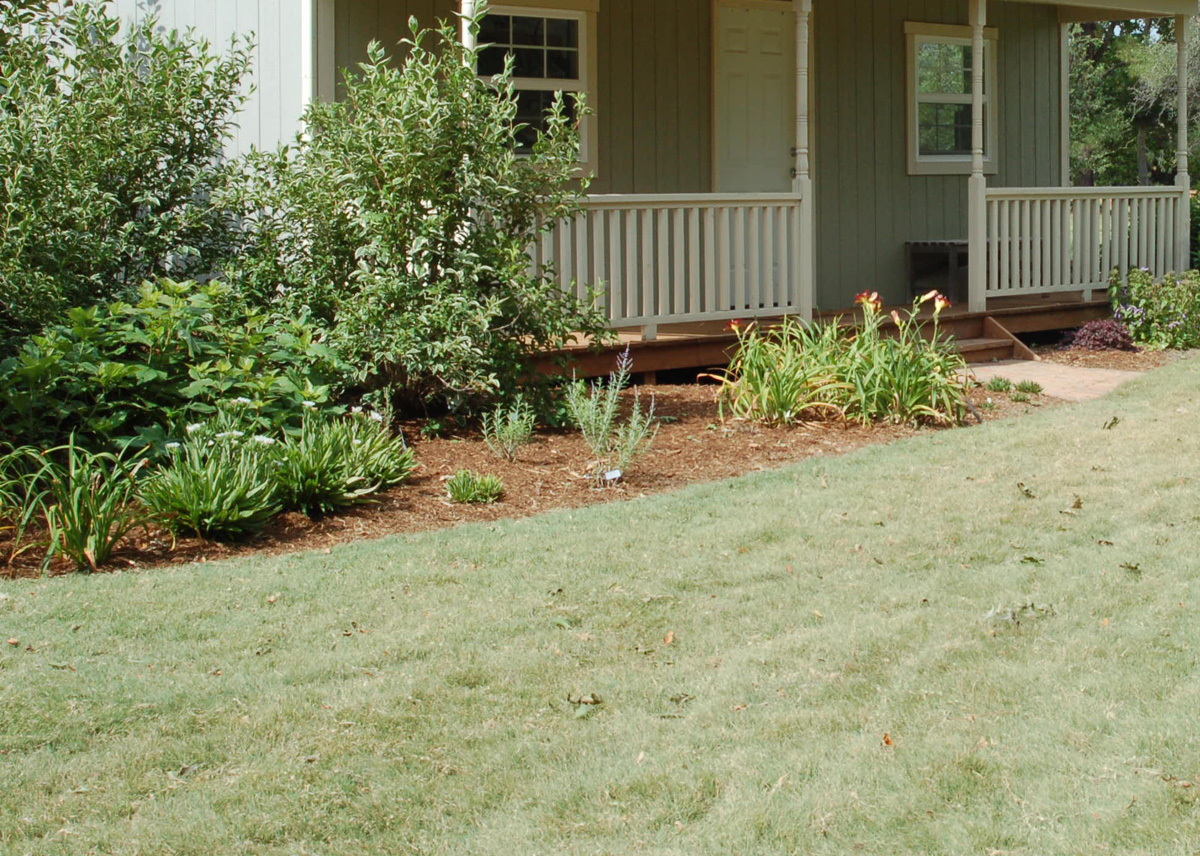
Buffalo grass is a reliable go-to and can be left unmown
The most widely employed prairie native used as a lawn alternative in our area is buffalo grass (Buchloe dactyloides, Zones 4–8). Several improved selections of this species have been developed in recent years to create a lush, uniform lawn. Buffalo grass has soft, blue-green blades and tolerates light foot traffic. When left unmown, a buffalo grass lawn stands 8 to 10 inches tall, but it can be maintained at 4 inches with mowing. Areas left unmown should be cut once per year in spring to remove old growth. Buffalo grass performs well on loamy or clay soils in full sun.
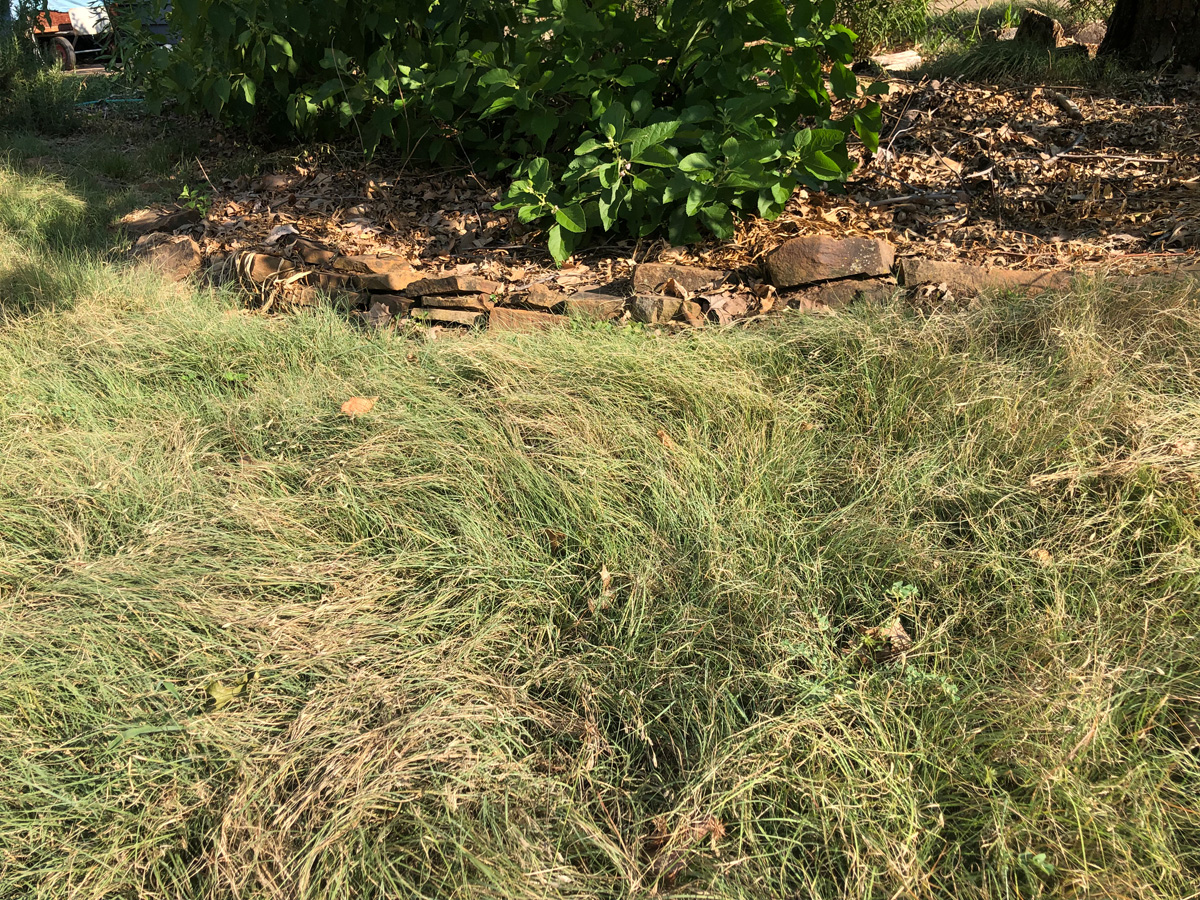
Blue grama, hairy grama, and curly mesquite mix well together
Buffalo grass is commonly used in seed blends along with one or more other native species including blue grama (Bouteloua gracilis, Zones 3–11), hairy grama (Bouteloua hirsute, Zones 4–8), and curly mesquite (Hilaria belangeri, Zones 6–9). These grass species are native to Texas, Oklahoma, New Mexico, and Arizona and are adaptable to a variety of soil types. Like other warm-season grasses, they thrive in full sun and are winter dormant. These native lawns require less water and fertilizer than other grass species and can be managed in a dormant state during extreme drought.
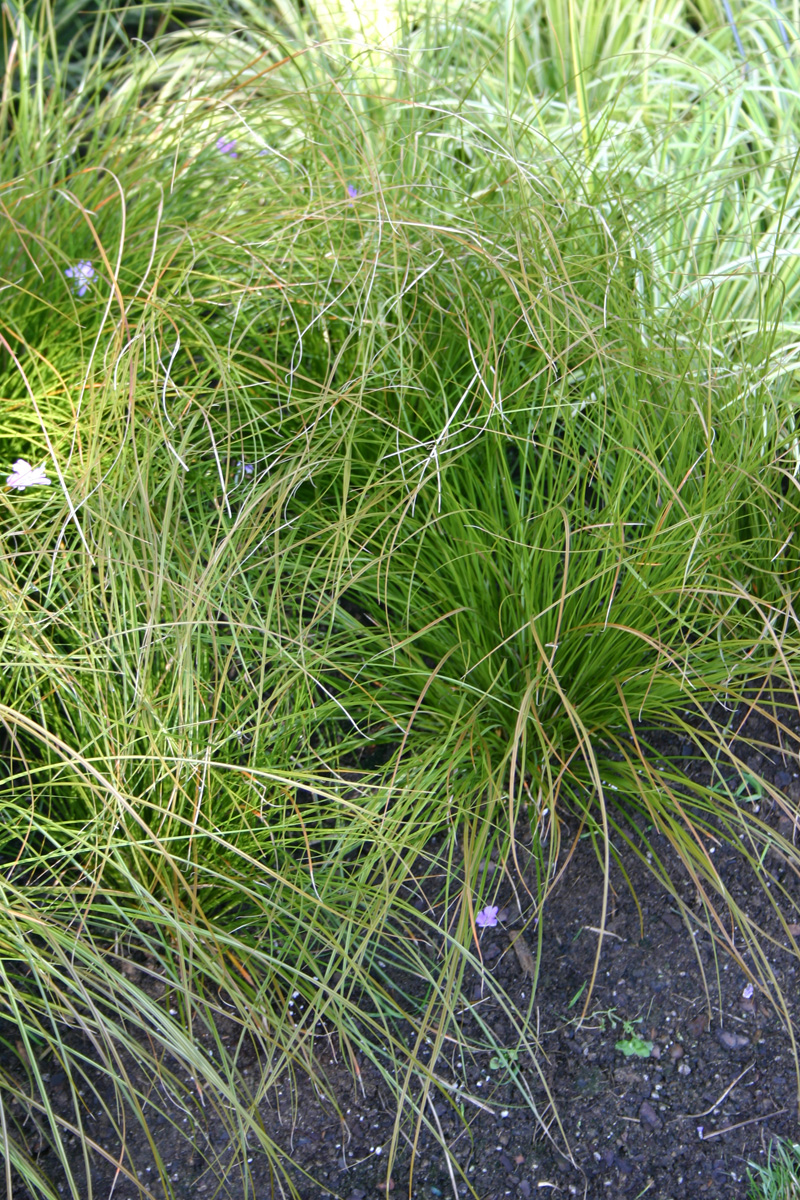
Native sedges can create that grassy look in dry areas
Though not true grasses, sedges (Carex spp. and cvs., Zones 3–10) have a grasslike appearance and can be grown in dense stands for an effect similar to turf. These are not the weedy nutsedges (Cyperus spp.) that invade gardens, but native species that help stabilize soil. Although many sedges are associated with wet habitats, several are adapted to drier conditions. Texas meadow sedge (Carex perdentata, Zones 6–8) is a great lawn replacement, growing just 4 to 6 inches tall and adapting to most soils. Clustered field sedge (Carex praegracilis, Zones 6–10) is a California native tolerant of alkaline soil, while Texas sedge (Carex texensis, Zones 5–9) is a good choice for shady sites.

Kurapia is the rising star of lawn alternatives
Something going by the trade name Kurapia is gaining popularity as a lawn alternative in the Southwest. This plant sounds exotic, but you may be more familiar with it than you realize. Kurapia is a sterile, cold-hardy cultivar of Phyla nodiflora (Zones 7–11), which goes by the name “fogfruit” or “frogfruit” and is native throughout the southern U.S. Here in Oklahoma, frogfruit is commonly plugged into Bermuda grass lawns, where it remains green through the heat of summer long after Bermuda grass has gone dormant. Frogfruit blooms throughout most of the year, attracting a diversity of bees, skippers, and butterflies.
The variety sold as Kurapia is a little different from its native relatives. It was developed in Japan from a Japanese population of Phyla nodiflora to produce a dense leaf canopy and deep root system. Kurapia provides excellent drought tolerance and soil stabilization. It is sold in slabs, much like sod, or can be purchased as landscape plugs. Kurapia tolerates a wide range of soil types and conditions and thrives in full sun or part shade. Plants are evergreen in climates where temperatures remain above 45˚F and will go dormant when temperatures drop into the 30s.
Interesting Ground Covers To Use as a Lawn Replacement
Some lawn areas can be replaced with ground covers and other low-growing plants. This application is best reserved for smaller areas and those that don’t see a lot of foot traffic.
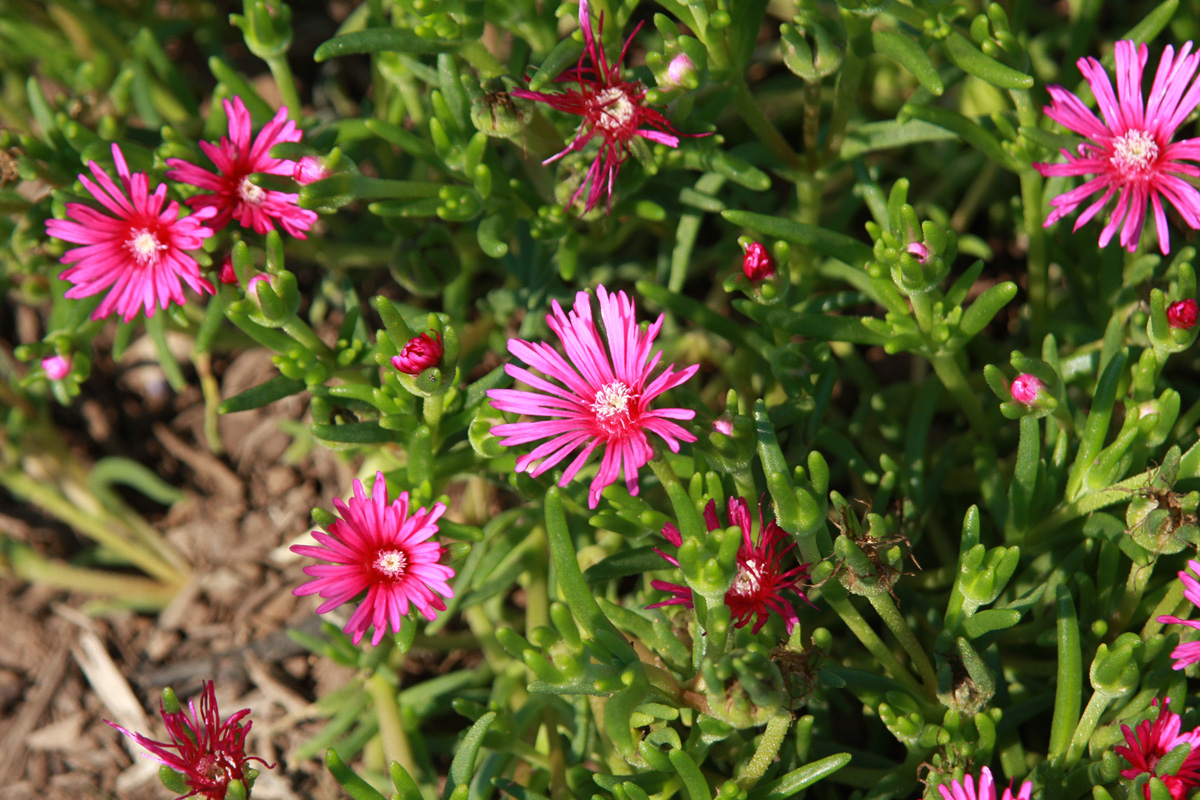
Ice plant is colorful and extremely drought tolerant
Ground hugging succulents like ice plant (Delosperma spp. and cvs., Zones 4–9) are popular waterwise ground covers. It thrives in hot, sunny sites and requires sharp drainage to prevent root rot. Ice plants produce a dense mat, growing 3 to 6 inches tall, with each plant spreading up to 24 inches. These perennials are adored for their dense flush of flowers in jewellike hues of yellow, orange, purple, scarlet, and magenta. They bloom in spring for several weeks and often provide a repeat performance in late summer to fall.

Sedums are a xeric staple that take light foot traffic
The growth habits of stonecrops/sedums (Sedum spp. and cvs., Zones 3–11) vary by species and variety, but many low-growing varieties are available in a wide range of foliage colors. Stonecrops produce vibrant yellow, orange, red, or pink blooms in spring, summer, or fall, depending on the species.
In addition to plant solutions, hardscape materials like gravel, pavers, mulch, or flagstone may be appropriate for certain applications, such as creating voids and structure to build planting beds around. Start by determining how you want to utilize different areas of the landscape and work from there. Consider how large each area needs to be to serve its intended function. The possibilities for lawn replacement are limited only by your imagination.
Find more information on Southwest gardening here.
For more on lawn alternatives go here.
Photos, except where noted: Kim Toscano
Kim Toscano is a horticulturalist, entomologist, garden designer, writer, and graphic designer. She previously hosted Oklahoma Gardening, a weekly PBS television program produced by the Oklahoma Cooperative Extension Service.
Fine Gardening Recommended Products
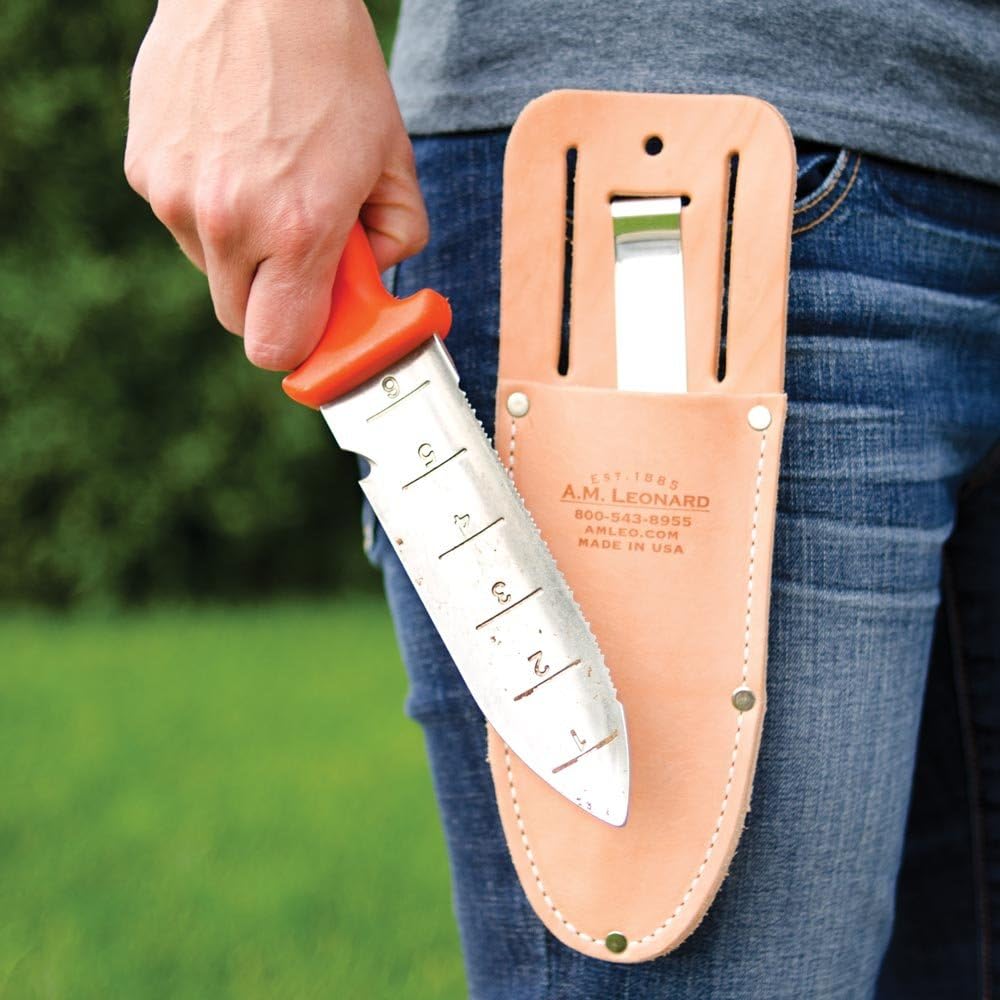
A.M. Leonard Deluxe Soil Knife & Leather Sheath Combo
Fine Gardening receives a commission for items purchased through links on this site, including Amazon Associates and other affiliate advertising programs.
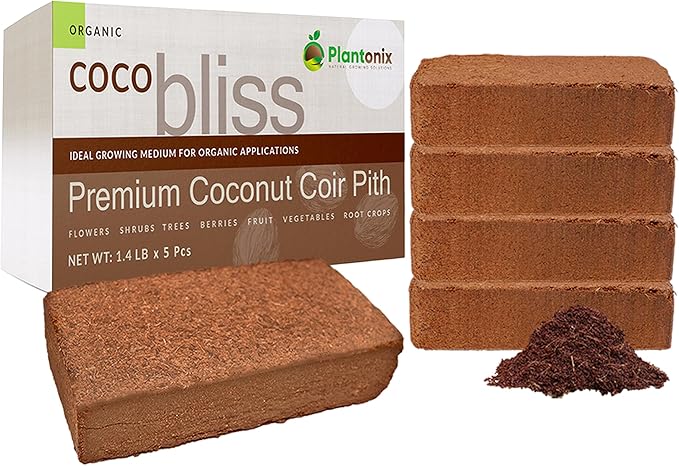
Coco Bliss 650gm Bricks (5-Pack) - Organic Coco Coir
Fine Gardening receives a commission for items purchased through links on this site, including Amazon Associates and other affiliate advertising programs.
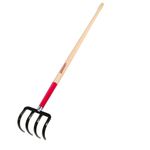
Razor-Back Potato/Refuse Hook
Fine Gardening receives a commission for items purchased through links on this site, including Amazon Associates and other affiliate advertising programs.






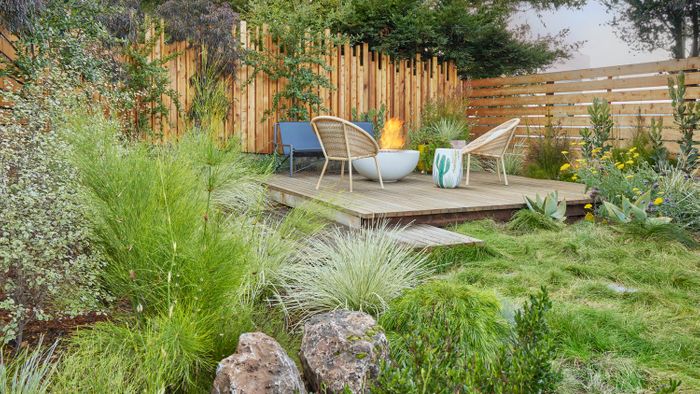

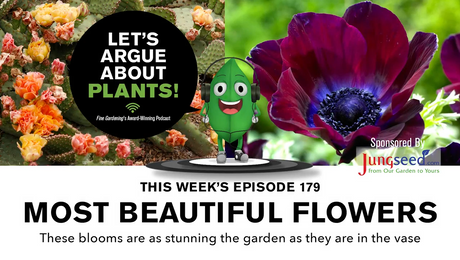










Comments
Log in or create an account to post a comment.
Sign up Log in